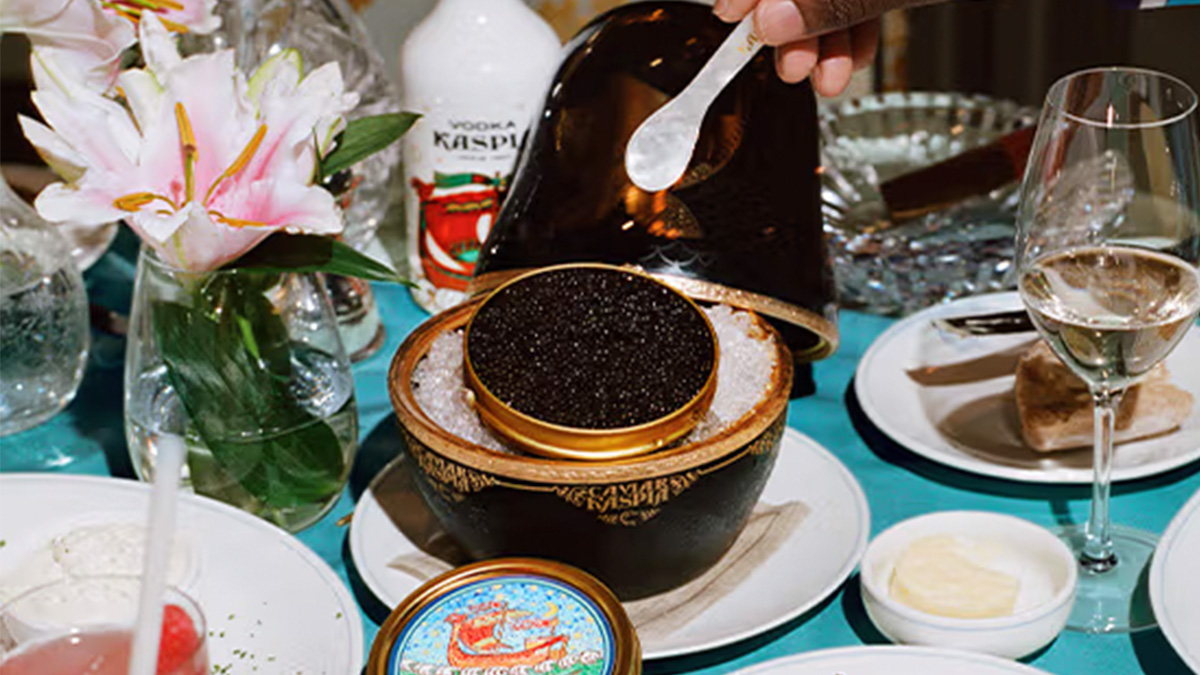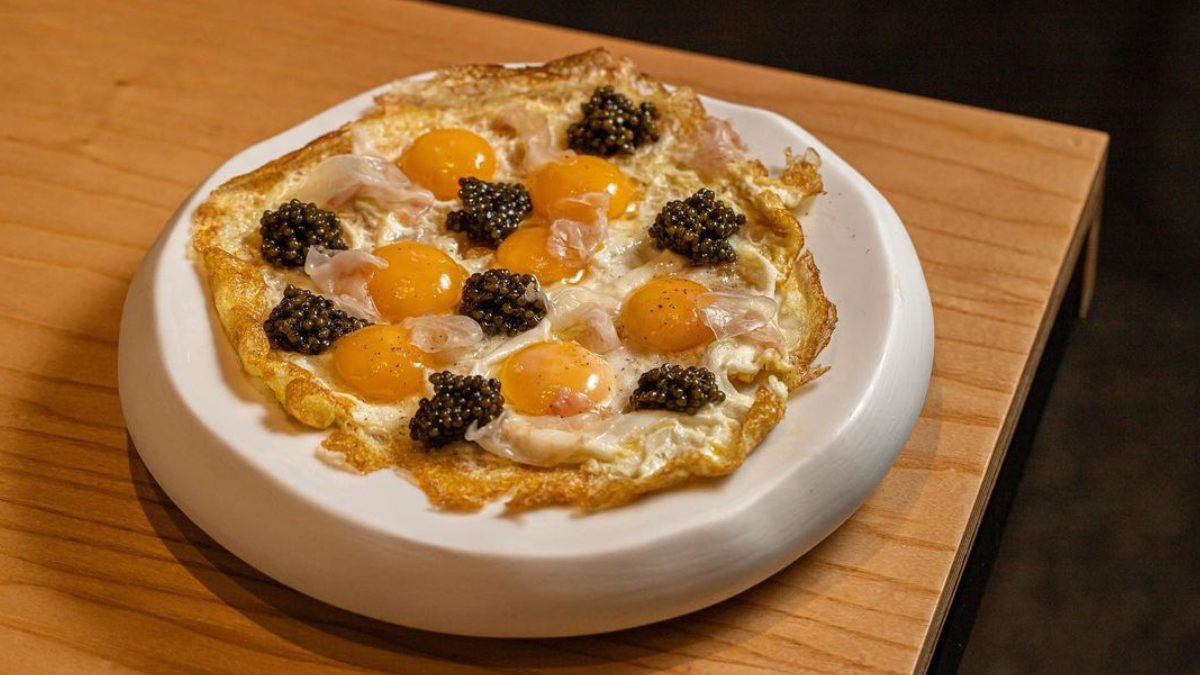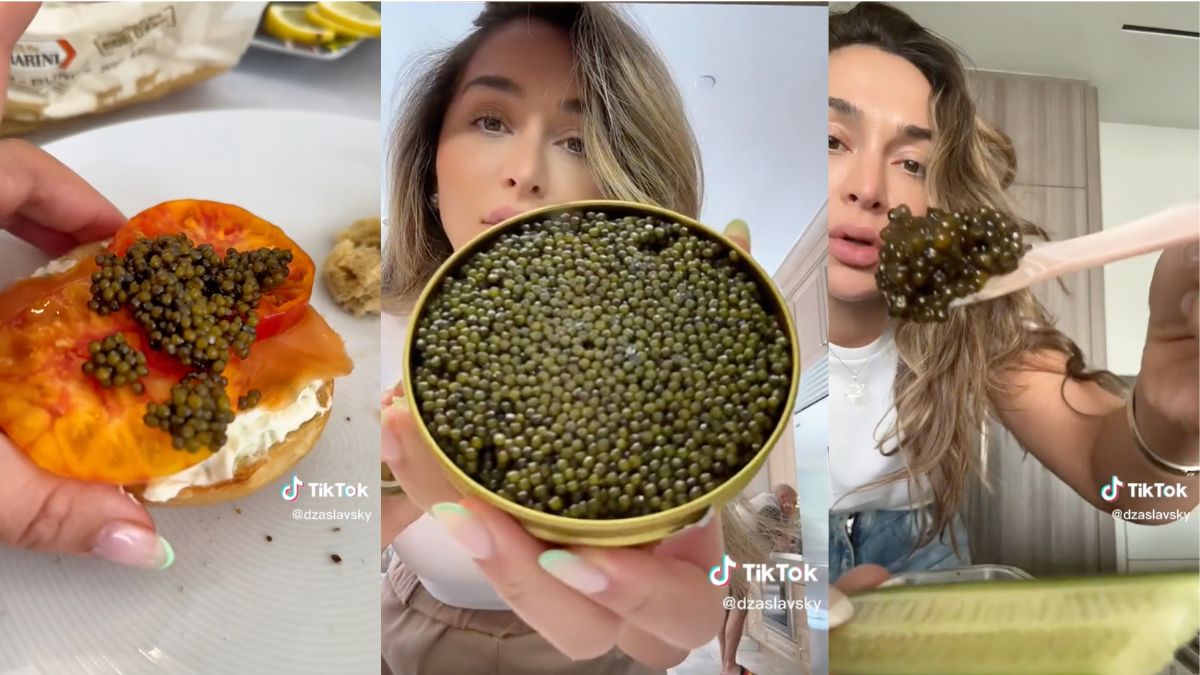Click here to read the Spanish version.
In the age of viralization, the new generations are capable of distorting even the conception associated with caviar. The art of fish roe has gone from being a food associated with the high spheres and/or the noble Greek society since the 10th century, to being used in all social feeds and on the tables of a large part of the population.
Traditionally, caviar was limited to wild sturgeon roe from the Caspian and Black Seas, but today it is diversified as a term to also designate roe from other species such as paddlefish, salmon, white fish or trout. An originally ostentatious universe in which cans of ossetra and beluga can cost from 200 euros to 800 euros due to the great demand, and their extensive breeding and harvesting.
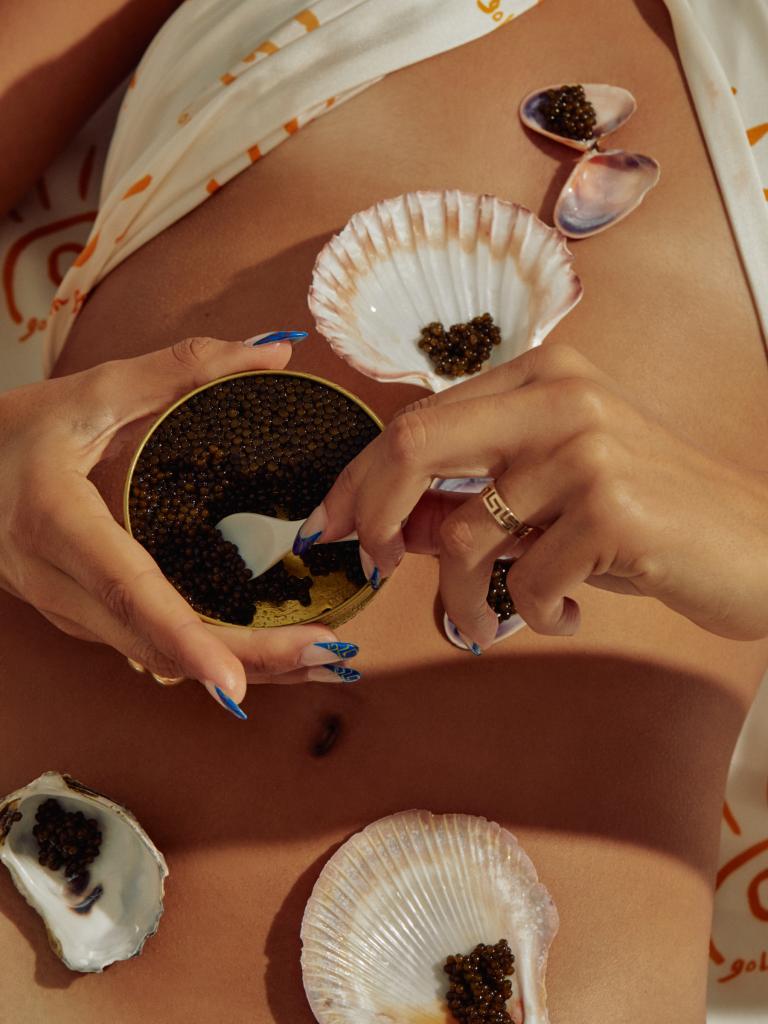
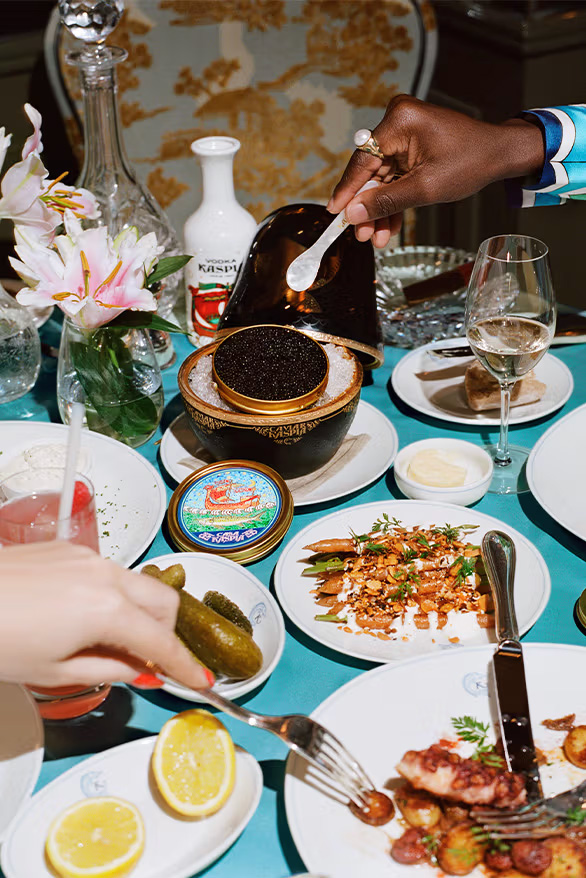
The popularization of the ‘caviar dump
The fascination with caviar becomes a shared sentiment on the part of generation Z, which would even catalyze an online macro-trend based on the ‘caviar bump’. That is, in taking bites of the roe from the hand or fist, as a trend originated by Danielle Matzon -nicknamed the ‘Caviar Queen of TikTok’- apparently related to preserving all the purity of the flavor, without it being contaminated by the cutlery of other foods.
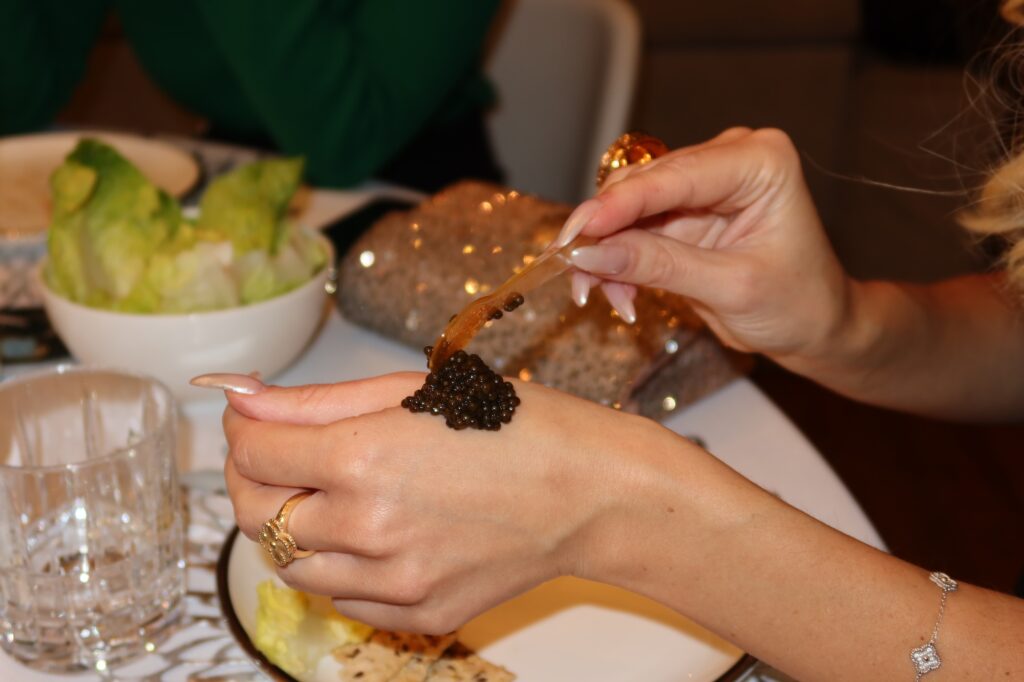
In fact, the sector is expected to continue to grow, with capitalization expected to rise by 40% by 2027. According to the Times, this trend has led to chefs across the UK incorporating black gold into their menus.
The hastag #caviartiktok accumulates millions of iterations and tastings of this little high-end treat, like a digital school around roe. The creators taste it on camera and share their opinions on how to extract it or how to ‘use utensils other than metal spoons’.
The obsession with caviar is thus presented in the current era as a phenomenon with which restaurants and chefs have found a way to print money, incorporating it into their menus and dishes in the form of sauces or small amounts with which to raise the price of the dish. Although in many occasions this act is conceived as an ‘advantage’ for the diner who has the opportunity to taste luxury even in small doses.

